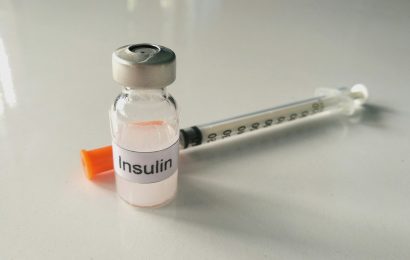The first weight-loss surgeries were tried in the late 1960’s. I took care of some of the people who’d had this type of surgery at the University of California, San Francisco Medical Center in 1974.
These surgeries, which were called “gastric bypass,” all involved tying off most of the stomach and hooking the remaining small section directly to the small intestine. The surgeries “worked”; the people who’d had them all lost weight. Unfortunately, most of them died. There were several killer complications that surgeons had not foreseen—digestive juices would leak into places they shouldn’t or blood chemistries would get way out of whack. Eventually, it was realized that weight loss wasn’t worth the risks.
But the surgical techniques have gotten better, and now “bariatric,” or weight loss, surgery is a reasonable option for many people. One new technique, “gastric banding” isn’t a major surgery at all. Rather, it’s a laparoscopic procedure (a minimally invasive procedure that uses tiny incisions to access the abdominal organs). In gastric banding, a silicone band is wrapped around the upper portion of the stomach and inflated with a sterile fluid that is injected into a port just beneath the skin. This process creates a small pouch at the top of the stomach, giving the person a feeling of fullness after very little food has been eaten. But the whole stomach is still there and it all stays connected to the intestines normally, so the risk of complications is much less.
A big advantage of banding over bypass surgery is that you can adjust or reverse banding just by injecting or withdrawing some of the fluid from the port. You can change the tightness of the band over time, and in fact, it usually takes a few doctor visits after the surgery to experiment and get the tightness just right.
Many people who have had gastric banding achieve reduced weight and insulin resistance and also improve their metabolic parameters. In many cases, insulin tolerance tests show no sign of diabetes. We can’t say that diabetes is “cured” in these cases, but doctors do say it goes “into remission.”
Downsides
After banding, you can’t eat nearly as much at one time. Eating in general may become less enjoyable. Some people report, however, that if they really slow down and take lots of time to taste each bite, they can retain most of the pleasure of eating.
In addition to the effects on eating, some people experience nausea or constipation after gastric banding. Some develop gallstones or nutritional deficiencies. This can be prevented by taking bile salts and nutritional supplements, respectively.
Weight is sometimes regained over the course of two to ten years (but rarely all of it). Pouches stretch, or people learn how to eat more continuously. People who drink a lot of high-calorie fluids at a slow but steady clip can “outsmart” the gastric banding. When weight is regained, some of the insulin resistance may come back also.
You can read a list of possible side effects from gastric banding here and another one here.
Cost and Availability
Banding is a same-day procedure most places, meaning that a person goes home on the same day the banding is performed. If you have to pay for a weight-loss procedure yourself, the cost of bypass usually runs from $20,000 to $40,000, while banding runs from $14,000 to $18,000. You can pay approximately half that amount in Mexico, if you’re adventurous.
Many insurers will pay for banding because some studies show that people who have had bariatric surgery spend an average of 77% less for medicines for diabetes and hypertension and other studies show that they have 50% fewer hospitalizations than obese people.
You will probably not have to travel far to find a good bariatric surgery clinic or hospital. They’re springing up all over. If you do a Google search for “bariatric surgery” and then conduct a “search within results” for your home state or province, you will almost certainly find some links.
Jean, a reader of this blog, asked if banding is safe for people with Crohn disease. Sorry, Jean. Bariatric surgeons in Texas say it is not safe with any inflammatory bowel condition.
What do I think?
I’m a holistic guy. I’m not even big on drugs, so how can I recommend surgery for an environmental condition like Type 2 diabetes?
Well, I think it’s too bad that people have to mutilate their bodies to stay healthy. But the fact is that our food environment is so unhealthy that, for many of us, our Goddess-given stomachs may be too big. A banded stomach may be better for a significant number of people. It’s certainly better, in my opinion, than taking a dozen drugs for the blood glucose levels, cholesterol levels, blood pressure, depression, and pain that often go along with obesity and lead to diseases like diabetes and heart disease.
I really never thought I would say something like this, but I think gastric banding is right for a lot of people. Bypass surgery, not so much—too invasive, too expensive. I’d like to know what you think about it. Please comment here or write to me at www.davidsperorn.com.




